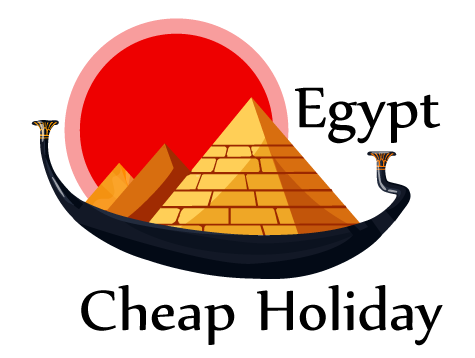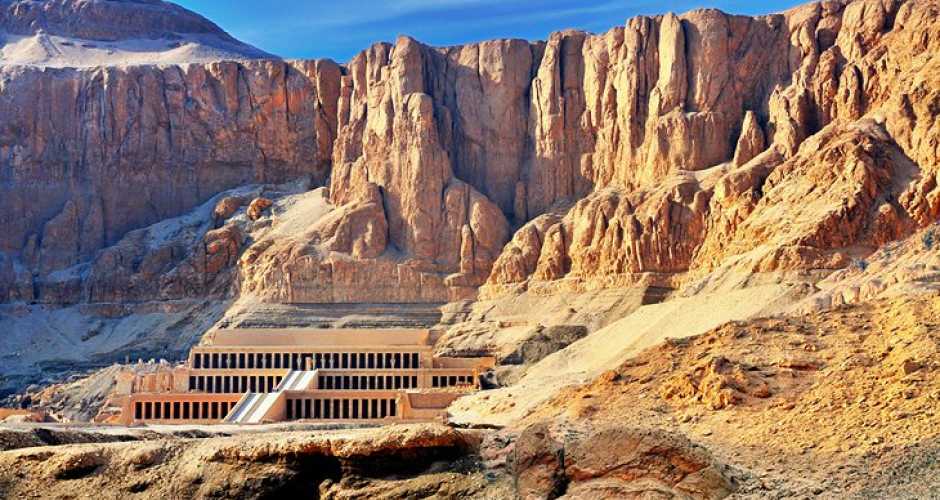The Valley of the Kings is a famous archaeological site
The Valley of the Kings located on the west bank of the Nile River in Luxor, Egypt.
It is a vast complex of tombs that were built for the pharaohs and powerful nobles of the New Kingdom (1550-1070 BCE). The valley contains over 60 tombs, including those of Tutankhamun and Ramses II, making it one of the most significant and well-known archaeological sites in Egypt.
The Valley of the Kings was chosen as a burial site for the pharaohs and nobles of the New Kingdom because of its secluded location and the natural protection offered by the surrounding cliffs. The tombs were constructed deep underground, and many of them were decorated with intricate carvings and paintings that depicted scenes from the pharaoh’s life and their journey to the afterlife.
The tombs in the Valley of the Kings vary in size and complexity, with some containing multiple chambers and corridors while others are simpler in design. The most famous tomb in the valley is that of Tutankhamun, which was discovered by archaeologist Howard Carter in 1922. The tomb contained a treasure trove of artifacts and priceless treasures, including the famous solid gold funerary mask that is now on display in the Egyptian Museum in Cairo.
Visitors to the Valley of the Kings can explore several of the tombs that are open to the public, including those of Ramses II and Seti I. The tombs are accessed via along, steep descent into the earth, and visitors are advised to wear comfortable shoes and bring plenty of water as the temperatures can be hot and humid in the valley.
The Valley of the Kings is not only significant for its historical and archaeological importance but also for the insights it provides into ancient Egyptian religion and beliefs about the afterlife. The tombs were designed to protect the pharaoh’s body and belongings in the afterlife, and the intricate decorations and paintings inside the tombs offer insights into the beliefs and practices of the ancient Egyptians.
Despite the significance of the Valley of the Kings, the site has faced challenges in recent years. The increased tourism and foot traffic in the valley have led to concerns about damage to the delicate carvings and paintings inside the tombs. In response, the Egyptian government has implemented measures to limit the number of visitors and to protect the tombs from damage.
In conclusion, the Valley of the Kings is a remarkable archaeological site that offers a glimpse into the lives and beliefs of ancient Egyptians. The tombs of the pharaohs and nobles provide insights into the art, architecture, and religion of the New Kingdom, and the discovery of Tutankhamun‘s tomb in 1922 remains one of the most significant archaeological finds of the modern era. Despite the challenges facing the site, the Valley of the Kings remains a testament to the ingenuity and skill of ancient Egyptian architects and builders, and it continues to fascinate and inspire visitors from around the world.
Here are some additional facts and information about the Valley of the Kings:
– The valley was known as “the Great and Majestic Necropolis of the Millions of Years of the Pharaoh” by the ancient Egyptians, and was considered to be a sacred and holy place.
– The first tomb in the valley was built for Thutmose I in the early 18th dynasty. The last known tomb was built for Ramses XI in the 20th dynasty.
– The tombs in the valley vary in size and complexity, but most consist of a long corridor that leads to a burial chamber, which contains the sarcophagus and the pharaoh’s treasures.
– The pharaohs believed that their tombs would protect their bodies and their souls in the afterlife, and that they would be able to enjoy the same luxuries and privileges they had in life. The tombs were filled with treasures and offerings, including food, clothing, furniture, and jewelry.
– The tomb of Tutankhamun, also known as KV62, is one of the most famous and well-known tombs in the valley. It was discovered by the archaeologist Howard Carter in 1922, and contained an incredible array of treasures, including the pharaoh’s iconic golden mask.
– The Valley of the Kings was used as a burial ground for nearly 500 years, but it was eventually abandoned due to the repeated tomb robberies. Many of the tombs were looted and damaged over the centuries, but some were left intact and were only discovered in modern times.
– The valley is home to many other important tombs, including those of Ramses II, Seti I, and Amenhotep III. The tomb of Seti I is particularly famous for its intricate decorations and well-preserved paintings.
– The tombs in the valley are incredibly fragile, and are vulnerable to damage from the elements and from tourism. For this reason, access to some of the more fragile or sensitive tombs is restricted, and visitors are required to follow strict rules and guidelines to avoid damaging the tombs.
– Today, the Valley of the Kings is a popular tourist destination, and is a fascinating and important source of information about ancient Egyptian history and culture. It remains one of the world’s most important archaeological sites, and continues to inspire and amaze people from all over the world.



